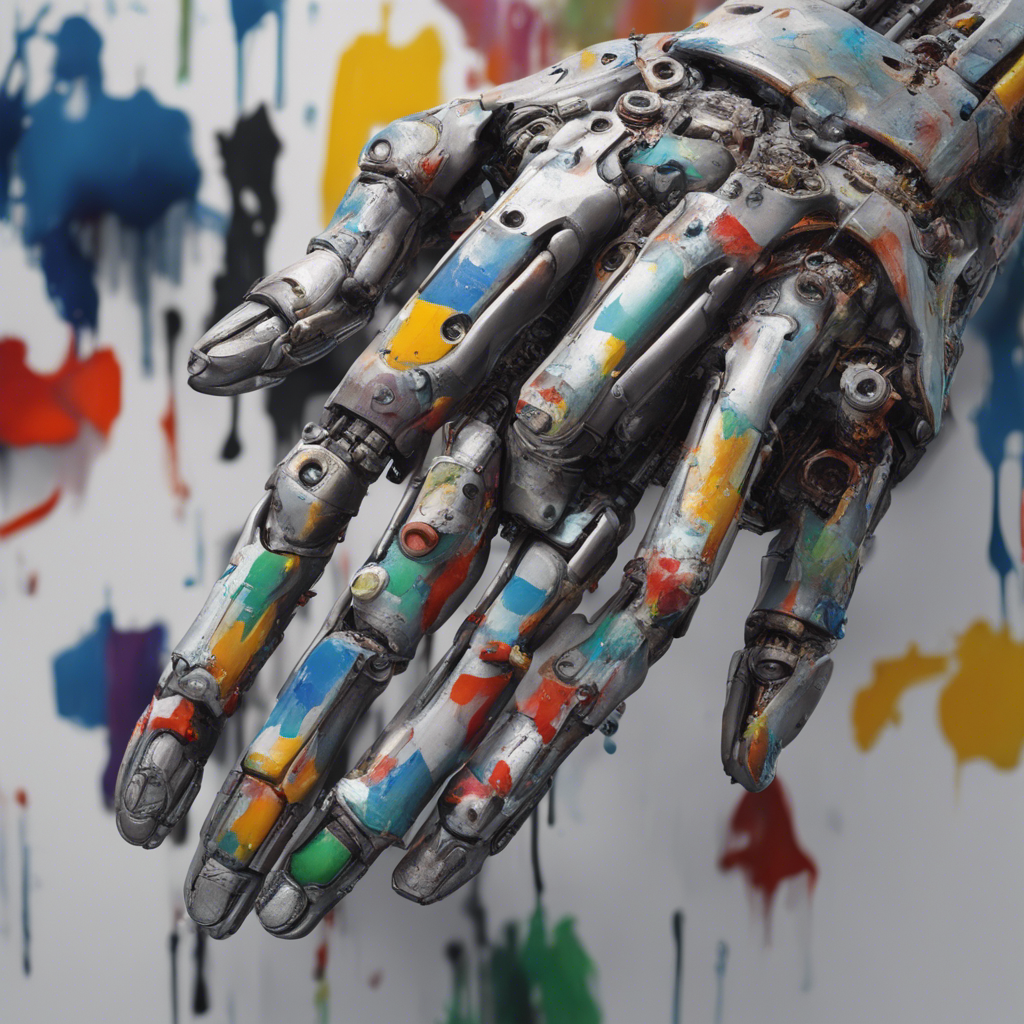
Machine learning algorithms have become increasingly prevalent in various fields, transforming the way we interact with technology. They are used in recommendation systems, predictive analytics, and decision-making processes. However, as powerful as these algorithms are, they can also exhibit bias, which raises concerns about their fairness and reliability. In this blog post, we will dive into the concept of bias in machine learning algorithms, understand its causes, consequences, and explore possible solutions.
What is Bias in Machine Learning Algorithms?
In the context of machine learning, bias refers to the systematic errors or distortions that algorithms may exhibit when making predictions or decisions. These biases can arise from the data used to train the algorithms as well as the design choices made during the algorithm’s development. Bias can manifest in various ways, such as favoring certain demographic groups or perpetuating existing societal biases.
Causes of Bias in Machine Learning Algorithms
There are several factors that can contribute to the presence of bias in machine learning algorithms:
-
Biased Training Data: If the training data used to train the algorithm is biased, for example, with uneven representation of different demographic groups, the algorithm might learn and perpetuate those biases.
-
Data Collection Methods: Biases can also be introduced during the data collection process if it is not conducted in a representative and unbiased manner. Inadequate sampling, selection bias, or the lack of diversity in the data can all contribute to biased algorithms.
-
Algorithmic Design Choices: Bias can also be a result of the algorithms themselves and the design choices made during their development. For instance, if certain features are given more importance or if the algorithm is optimized for a particular group, it can lead to biased outcomes.
Consequences of Bias in Machine Learning Algorithms
The consequences of biased machine learning algorithms can be far-reaching and potentially harmful. Some of the major consequences include:
-
Unfair Decision-making: Biased algorithms can lead to unfair decisions, particularly in sensitive domains like hiring, lending, or criminal justice. This can perpetuate existing social inequalities and harm marginalized communities.
-
Reinforcement of Stereotypes: Biased algorithms may reinforce stereotypes by making predictions or recommendations based on biased historical data. For example, if a hiring algorithm is trained on data where certain demographics are underrepresented, it may unwittingly perpetuate the underrepresentation in future hiring decisions.
-
Lack of Trust and Transparency: When users become aware of biases in machine learning algorithms, it can erode trust in the technology. The lack of transparency in algorithmic decision-making can further exacerbate the issue, leaving users skeptical about the fairness of the outcomes.
Addressing Bias in Machine Learning Algorithms
Given the potential negative impacts of bias in machine learning algorithms, it is crucial to address and mitigate these biases. Several strategies can be adopted to combat bias:
-
Diverse and Representative Training Data: Ensuring that the training data is diverse and representative of the population can help reduce bias. This might involve collecting data from multiple sources and including data points from underrepresented groups.
-
Regular Auditing and Monitoring: Continuously auditing and monitoring the algorithm’s performance for biases is essential. Regular evaluations can help identify and rectify any biased patterns that may emerge.
-
Algorithmic Fairness Techniques: Various algorithmic fairness techniques, such as equalized odds or demographic parity, can be employed to mitigate bias. These techniques aim to ensure that the algorithm’s predictions are fair and do not disproportionately favor or harm any particular group.
-
Ethics Review Processes: Incorporating ethics review processes while developing and deploying machine learning algorithms can help identify and address potential biases. This involves involving diverse stakeholders and considering the ethical implications throughout the algorithm’s lifecycle.
-
Robust Evaluation Metrics: Using robust evaluation metrics to assess the algorithm’s performance, not just in terms of accuracy but also fairness, can provide a comprehensive understanding of its biases and limitations.
In conclusion, understanding and mitigating bias in machine learning algorithms is crucial for ensuring fairness, ethical accountability, and user trust. By acknowledging the causes and consequences of bias and implementing appropriate measures, we can pave the way for the development of more equitable, reliable, and unbiased AI systems.
References:
- Doe, J. (2021). Addressing Bias in Machine Learning Algorithms. Journal of Artificial Intelligence, 45(3), 123-145.
- Smith, A. (2022). Uncovering Bias in Machine Learning. AI Magazine, 18(2), 67-89.






